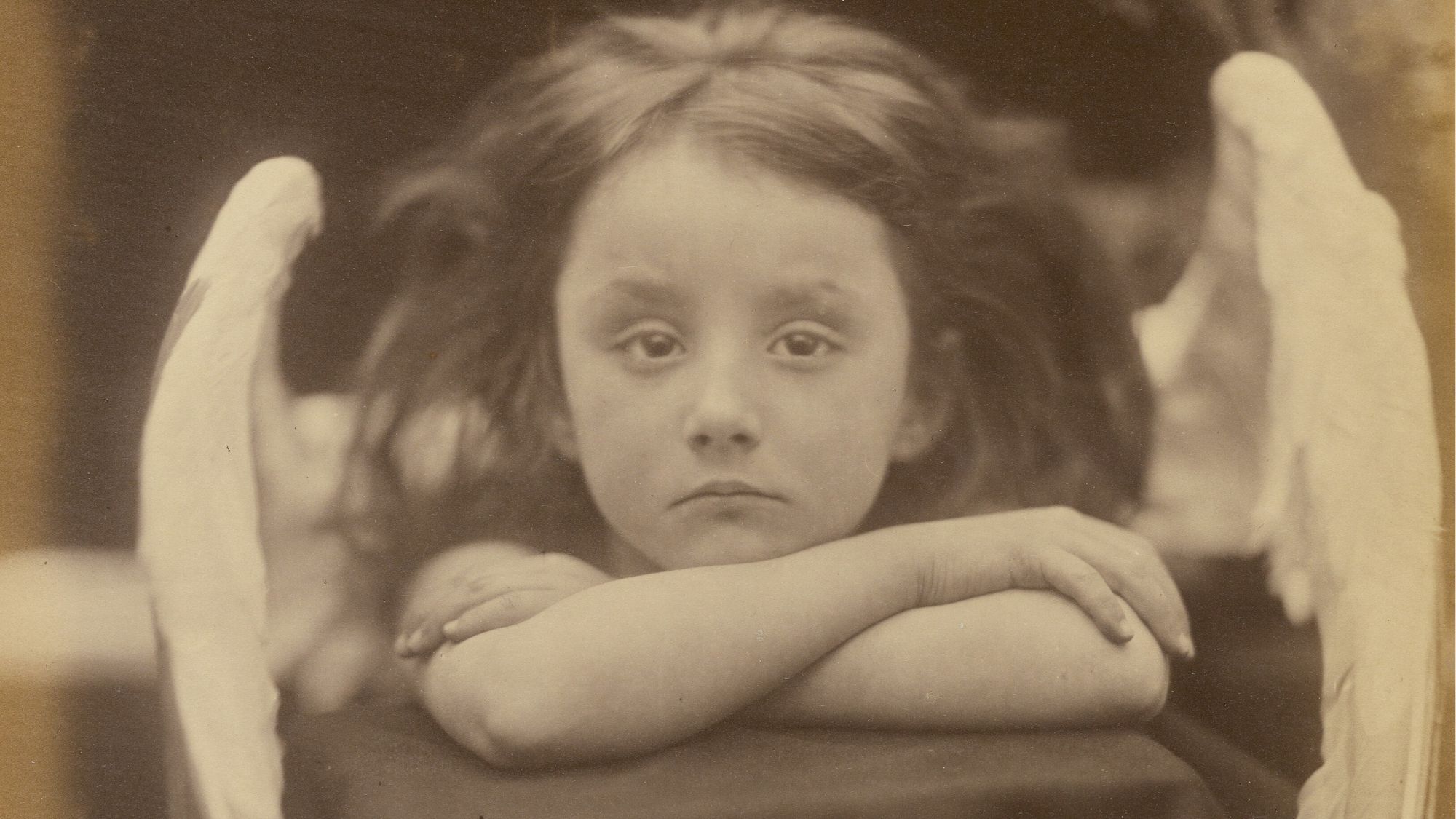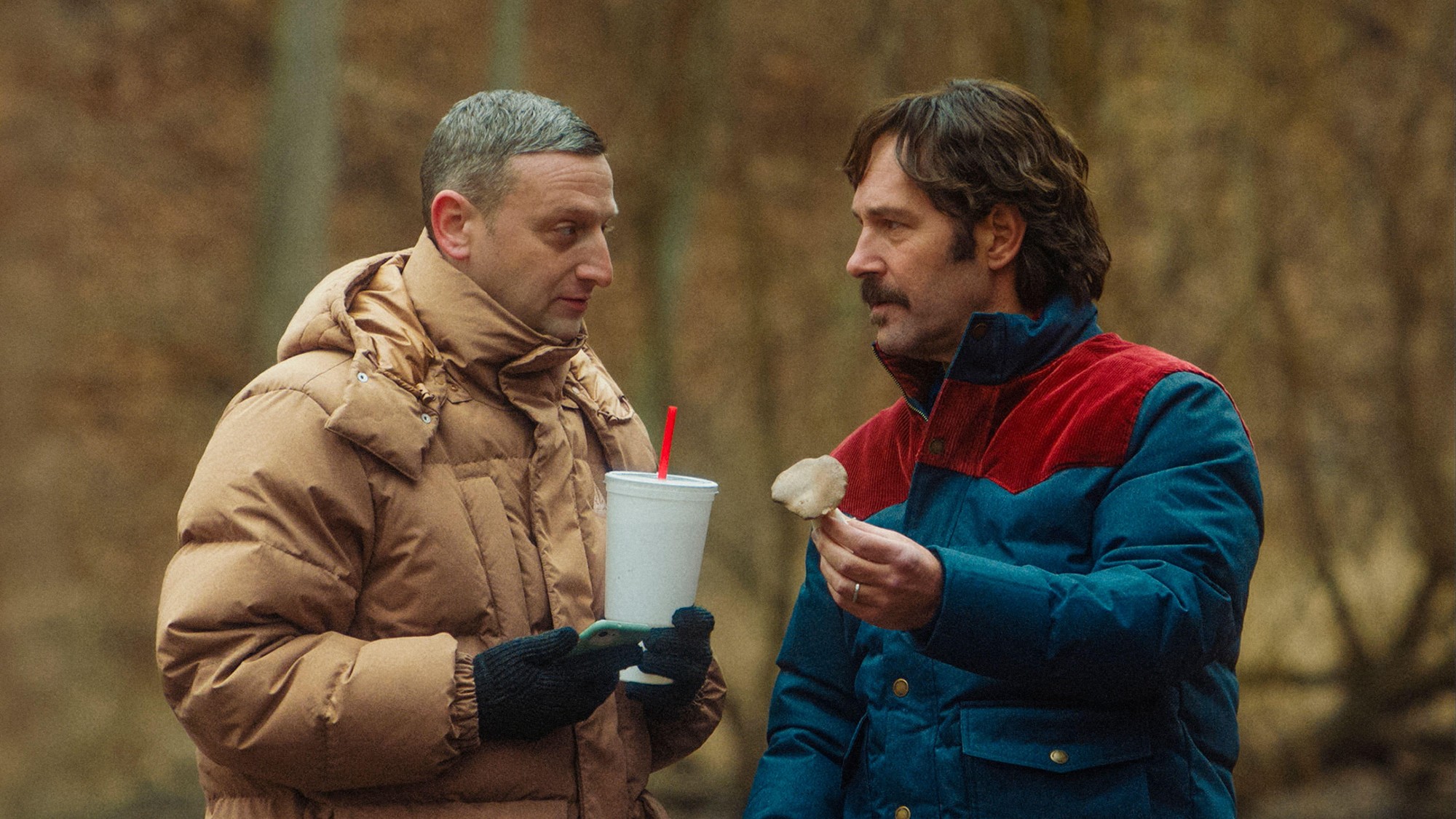Francesca Woodman and Julia Margaret Cameron: experimental portrait photography
Their careers are separated by time but joined by their shared interest in spectral, dream-like atmospheres

"Just over 100 years separate the creative lives of Julia Margaret Cameron and Francesca Woodman," said Sean O'Hagan in The Observer. The former was English, "a Victorian pioneer of imaginative photographic portraiture"; the latter a 20th century American photographer who made "performative and mysteriously elusive self-portraits". Cameron (1815-1879) came late to photography, in her 50s; Woodman took her own life aged just 22 in 1981. As such, to present their work side by side, as this exhibition does, might seem strange. The show, however, seeks to demonstrate the ways both women used portraiture to create black-and-white images that transcended the simple idea of creating a likeness. Both, the curators argue, blurred the boundary between fact and fiction in their work; and they shared an interest in using photography to evoke spectral, dream-like atmospheres. The "dialogue" the show establishes highlights "creative connections" between the two artists across the eras, and while the parallels it makes are sometimes "tenuous", it is always "fascinating".
Cameron was "one of the most important contributors to the early days of photography", said Waldemar Januszczak in The Sunday Times. Her portraits of eminent Victorians – Darwin, Tennyson, Carlyle – still "adorn our school textbooks", and "her softly focused visions of angelic children" introduced a distinctly feminine quality to the medium. She worked with "a large fixed-plate camera that produced thrillingly detailed negatives". The work she described as her first "success" is a portrait of a friend's daughter; the child's face "fills the frame with juvenile sweetness" but there is also a hint of "tragedy" – something that became Cameron's calling card. This photo is displayed alongside Woodman's first work – a self-portrait created when she was 13, in which she hides her face "behind a shower curtain of hair". Where Cameron's work is "bold and close", Woodman's is blurry, introspective, nervy – and tiny. These two photos have almost nothing in common, and nor do the two artists.
Still, it's great to see a good selection of Woodman's work here, said Jackie Wullschläger in the FT. Her "distinctive visual language" of "velvety portraits set in romantically dilapidated interiors" evokes a particular strain of teenage alienation, in a compelling and formally inventive style: she captures herself as a "crouching hazy outline in a bare room", and in her "most famous picture", as "a young woman hanging from a doorway caught in a burst of light". Cameron, by contrast, is diminished by the show: rather than privileging her era-defining portraits of distinguished thinkers, it concentrates on her "insufferable" pictures of "too-sweet girls" and "pretty women", often shot in mythological costume. The show draws "one-dimensional" and "infantilising" parallels between the two. This serves neither well.
The Week
Escape your echo chamber. Get the facts behind the news, plus analysis from multiple perspectives.

Sign up for The Week's Free Newsletters
From our morning news briefing to a weekly Good News Newsletter, get the best of The Week delivered directly to your inbox.
From our morning news briefing to a weekly Good News Newsletter, get the best of The Week delivered directly to your inbox.
A free daily email with the biggest news stories of the day – and the best features from TheWeek.com
-
 Political cartoons for January 4
Political cartoons for January 4Cartoons Sunday's political cartoons include a resolution to learn a new language, and new names in Hades and on battleships
-
 The ultimate films of 2025 by genre
The ultimate films of 2025 by genreThe Week Recommends From comedies to thrillers, documentaries to animations, 2025 featured some unforgettable film moments
-
 Political cartoons for January 3
Political cartoons for January 3Cartoons Saturday's political cartoons include citizen journalists, self-reflective AI, and Donald Trump's transparency
-
 8 incredible destinations to visit in 2026
8 incredible destinations to visit in 2026The Week Recommends Now is the time to explore Botswana, Mongolia and Sardinia
-
 The 8 best comedy movies of 2025
The 8 best comedy movies of 2025the week recommends Filmmakers find laughs in both familiar set-ups and hopeless places
-
 The best drama TV series of 2025
The best drama TV series of 2025the week recommends From the horrors of death to the hive-mind apocalypse, TV is far from out of great ideas
-
 The most notable video games of 2025
The most notable video games of 2025The Week Recommends Download some of the year’s most highly acclaimed games
-
 8 restaurants that are exactly what you need this winter
8 restaurants that are exactly what you need this winterThe Week Recommends Old standards and exciting newcomers alike
-
 7 bars with comforting cocktails and great hospitality
7 bars with comforting cocktails and great hospitalitythe week recommends Winter is a fine time for going out and drinking up
-
 7 recipes that meet you wherever you are during winter
7 recipes that meet you wherever you are during winterthe week recommends Low-key January and decadent holiday eating are all accounted for
-
 Video games to tackle this winter, including Marvel Cosmic Invasion and Metroid Prime 4: Beyond
Video games to tackle this winter, including Marvel Cosmic Invasion and Metroid Prime 4: BeyondThe Week Recommends A new entry for the Metroid Prime series makes it out of development hell, plus a sequel that brings back the chaotic comedic timing of ‘High on Life’